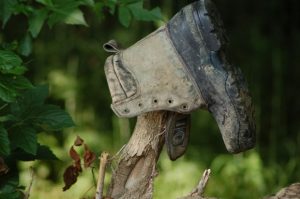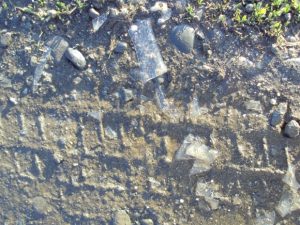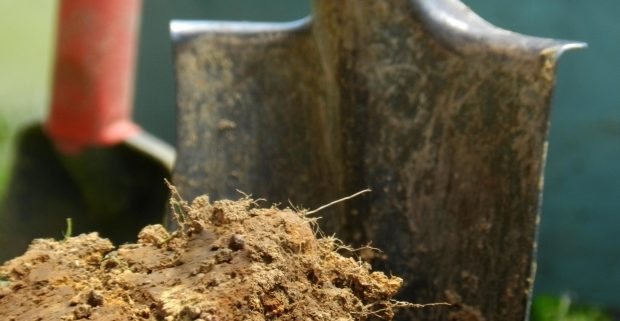For ten long years, David Foran, a molecular geneticist and forensic scientist at Michigan State University, has worked to turn the bacteria found in soil into permissible evidence in criminal cases. It was a former student, though, a microbiology major, who first came up with the idea.
This could be an earth-shattering breakthrough since the goal of the research is to establish an objective standard, backed by solid statistical data, that could link soil found on a particular item to soil from a crime crime. The technique uses the DNA of bacteria from a sample, say on a digging implement—shovel, pick, spade, etc., to that found in soil from the scene of the crime. Of course, numerous factors could alter/influence each sample—temperature, foreign substances such as blood, sweat, chemicals, etc.—and each of those would be studied, classified, and categorized to allow for inclusion or exclusion (sample matches a known soil and substance, or not).
Once the research is perfected courts may then allow the testing method and soon after crime labs would then add it to their crime-solving toolboxes.
Daubert, Frye, and Using Bacteria Found in Soil to Solve Criminal Cases
So how does a procedure become suitable for courtroom and legal proceedings? What are the rules regarding who may testify as an expert witness?

Narcotics investigations
I was once put through the ringer in a courtroom before being declared, by a superior court judge, as an expert witness on narcotics and how they’re made, packaged, and sold.
This was during a time when my major focus as an investigator was on major drug cases.
Typically, judges make the final decision as to who or what is allowed in their courtrooms, and that includes which evidence is admissible and who may or may not testify as an expert witness. And, they normally rely on either the Daubert standard or Frye, both precedent setting case. Some states follow Daubert. Others follow Frye. And a small handful use either.
Daubert v. Merrell Dow Pharmaceuticals
Frye v. United States, 293 F. 1013 (D.C. Cir. 1923)
Daubert is by far the most widely used standard in courtrooms across the country, and the rules according to Daubert are:
Per Cornell Law School (law.cornell.edu) – “Standard used by a trial judge to make a preliminary assessment of whether an expert’s scientific testimony is based on reasoning or methodology that is scientifically valid and can properly be applied to the facts at issue. Under this standard, the factors that may be considered in determining whether the methodology is valid are: (1) whether the theory or technique in question can be and has been tested; (2) whether it has been subjected to peer review and publication; (3) its known or potential error rate; (4) the existence and maintenance of standards controlling its operation; and (5) whether it has attracted widespread acceptance within a relevant scientific community. See Daubert v. Merrell Dow Pharmaceuticals, Inc., 509 U.S. 579 (1993). The Daubert standard is the test currently used in the federal courts and some state courts. In the federal courts, it replaced the Frye standard.”
Now, back to the soil sampling. Here’s a nugget for your research files. I once investigated a murder where I collected soil samples, among many, many other pieces of evidence, hoping to find the needle in the haystack. Without a bit of good luck this case could’ve quickly gone cold. 
Fortunately, scientists matched a single, unusual plant seed I found and collected at the crime scene to one found in dried mud stuck to the accelerator pedal of the killer’s car (I also collected this sample). The plant grew in only one location in the area, at a particular spot near a river—the very spot where the body was found. I had a hunch and it paid off.
That one tiny seed was the icing on the cake in this case. I also matched tire tracks and I eventually obtained a confession from the suspect.

Here are the details of the sad case case (above) told in a brief writeup you might find interesting. A Dead Woman Crying: Murder in the Rain.


